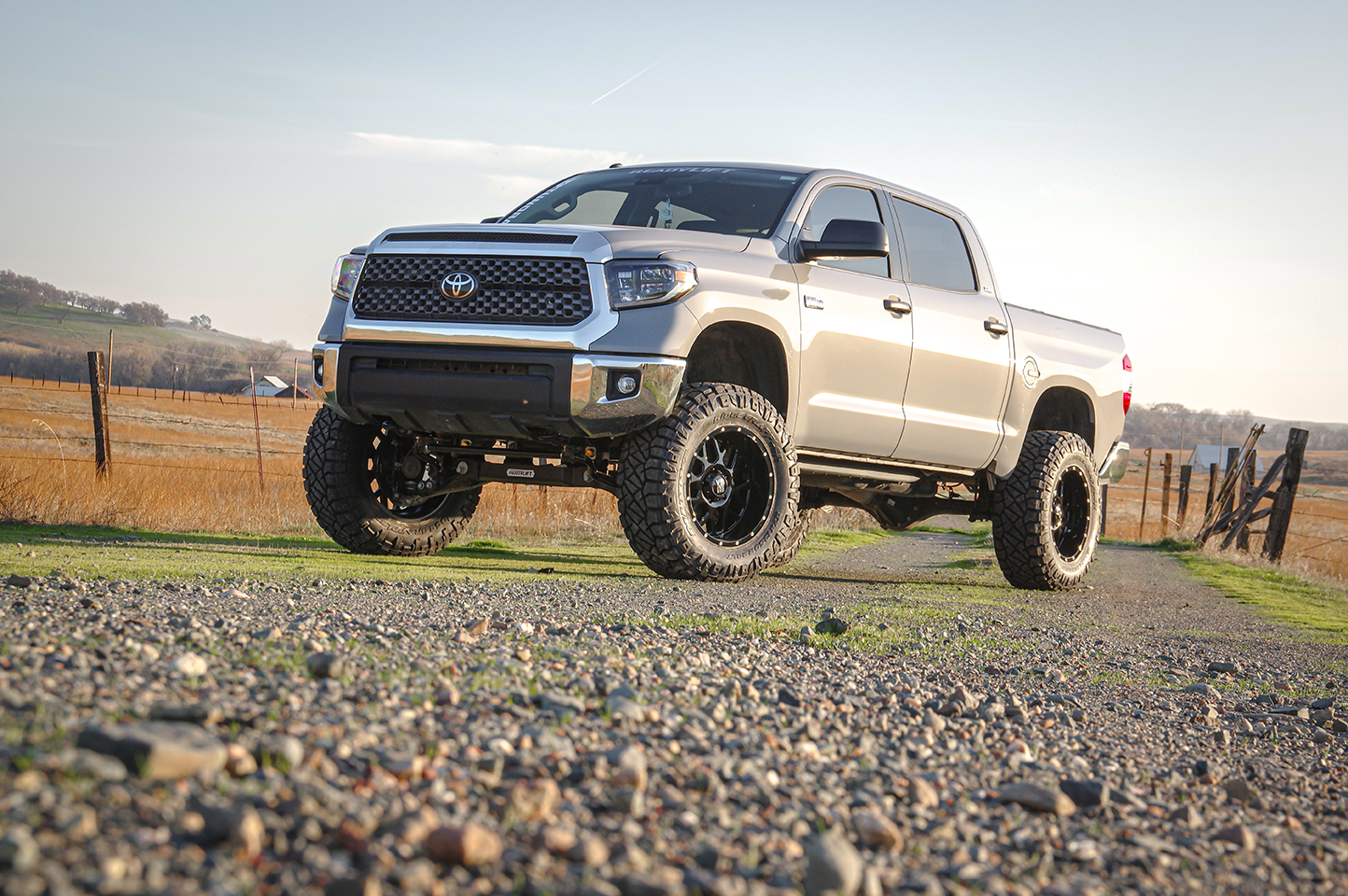Most, but not all, of the cars made in the last 20 years come equipped with some pretty sophisticated safety functionalities. Car manufacturers have been in a race to create the safest vehicle on the market, which has led to a staggering number of airbags, sensors, and alerts. Though different vehicles have different features, most cars on the road these days have an Anti-Lock Brake System (ABS). The primary purpose of this is to save lives in the worst case scenario. Human error when driving is inevitable, but it can be counteracted with the use of the Anti-Lock Brake System.
All in all, the ABS prevents brakes from locking up when they are under a heavy load. They also keep severe motor vehicle mishaps from occurring. The system is useful especially when the driver no longer has full control of the vehicle.
How Does It Work?
Essentially, the ABS is a system that modulates brake pressure in an emergency stop to keep the wheels from locking up. This allows the driver to maintain control of the steering wheel and stop the car as quickly as possible. When the ABS kicks in, the driver will feel a pulsation in the brake pedal and hear a clicking sound.
It works at high speeds. ABS still works at very high speeds, and it enables the most effective braking of the vehicle. When engaged, the system allows you to steer even if the car is already braking. This affords you as much control as possible when you are faced with an emergency situation.
It prevents skidding. The ABS likewise stops the vehicle from further skidding while the driver is braking. With the ABS, you can still maneuver the steering wheel and avoid hitting someone or something.
It offers better traction control. The ABS also doubles as an efficient traction controller. Oftentimes, in extreme weather conditions, such as snow or a torrential downpour, the wheels have difficulty gripping the road. The ABS gives the vehicle and the driver more traction to keep driving safely.
It can help prevent collisions. Some systems are equipped with intelligent automatic self-braking features governed by software and a radar. This feature is located on the front side of the car where it can detect when a vehicle is about to collide with another car or object. The system will then alert the driver of danger and activate the ABS, which will bring the vehicle to a halt quickly.
How to Tell if a Car has ABS
The ABS technology has been around for more than 20 years, and while most automobiles have it, there are some that still don’t. One good way to check if the new or used car you’re buying has an ABS is to switch on the ignition and look for an ABS indicator light on the dashboard. You should also have the system checked if you’re buying a used vehicle to make sure that the ABS is still running smoothly. The last thing you’d want is a system that no longer kicks in when you need it the most.




